Now an industrial-appliance-sized design called the Makeline from food services company Hyphen is leveraging software, rugged automation, and networked controls to help labor-strapped restaurants meet modern business demands.
“We founded the business in July 2018 to leverage automation technology in modern restaurants,” says Daniel Fukuba, Co-Founder and CTO of Hyphen. “Shortly thereafter, we built the first completely automated food truck. During the COVID-19 pandemic, we pivoted and designed our new Makeline system to give restaurants the infrastructure to adapt toward digital-first ordering.”
The Hyphen Makeline assembles salads and other menu items served in a bowl — handling hundreds of ingredients at various temperatures. The system connects to Hyphen’s cloud services to route digital orders via MQTT. After receiving an order, the Makeline activates dispensers to fill the bowls, conveying them through connected modules inside the enclosure. The machine also controls food safety and provides data insights about peak ordering times and customer habits. From the outside, it looks like a traditional makeline, and restaurant staff can still load ingredients and manually serve those who prefer to order in person.
“People have a strong connection with food brands by interacting with the staff,” Fukuba says. “The Makeline removes robotic tasks from the staff, allowing them to prioritize that front-of-house customer interaction and culinary innovation.”
Clean control architecture eliminates messy situations
Hyphen wanted the Makeline to fit into existing restaurant facilities, as Fukuba explains: “You can already buy mature industrial equipment off the shelf to process 300,000 pounds of salad per day. On the other end of the continuum, there are vending machines with prepackaged goods. In between, there’s no automation to handle the capacities and product variety for restaurant-based food service.” That’s in part because it’s technologically difficult to cram the necessary capabilities into a form factor small enough for standard kitchens.
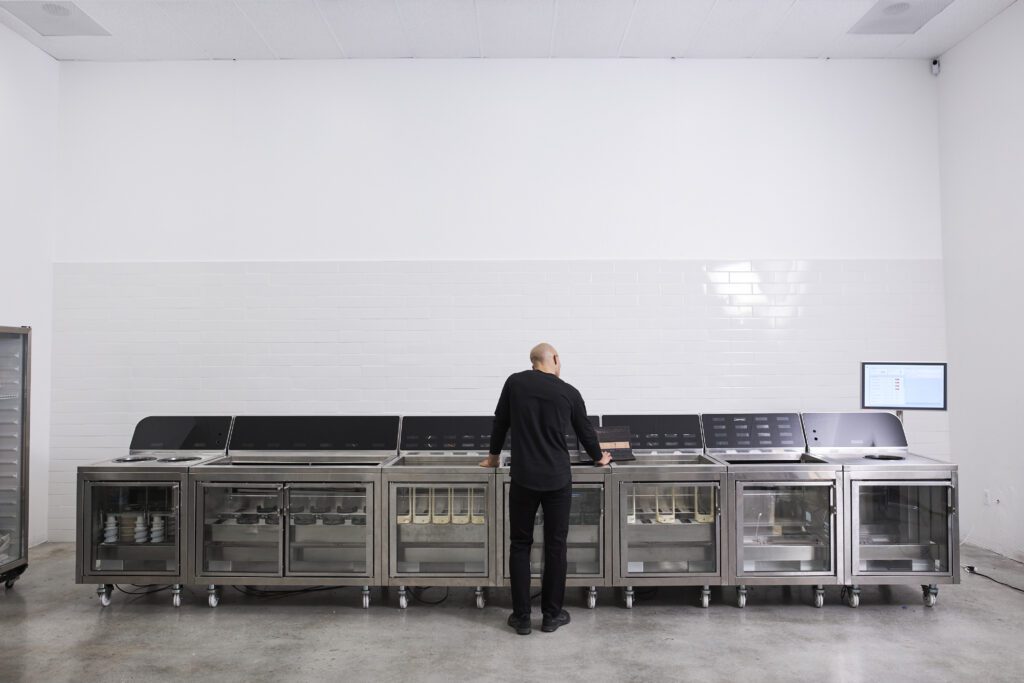
The Makeline must fit more than 70 actuators plus the cloud-connected controls and I/O into what is essentially a restaurant-grade kitchen appliance. In addition to minimizing footprint, the system needed to meet hygienic standards, and Hyphen also wanted it to provide process controls, time and temperature holding information and the ability to audit and log the food storage environment. The machines would need to accommodate 500 different ingredients, which all interact differently depending on the menu item. Hyphen wanted to solve these material handling challenges while avoiding an excess of instrumentation to control the process, as this could become very messy.
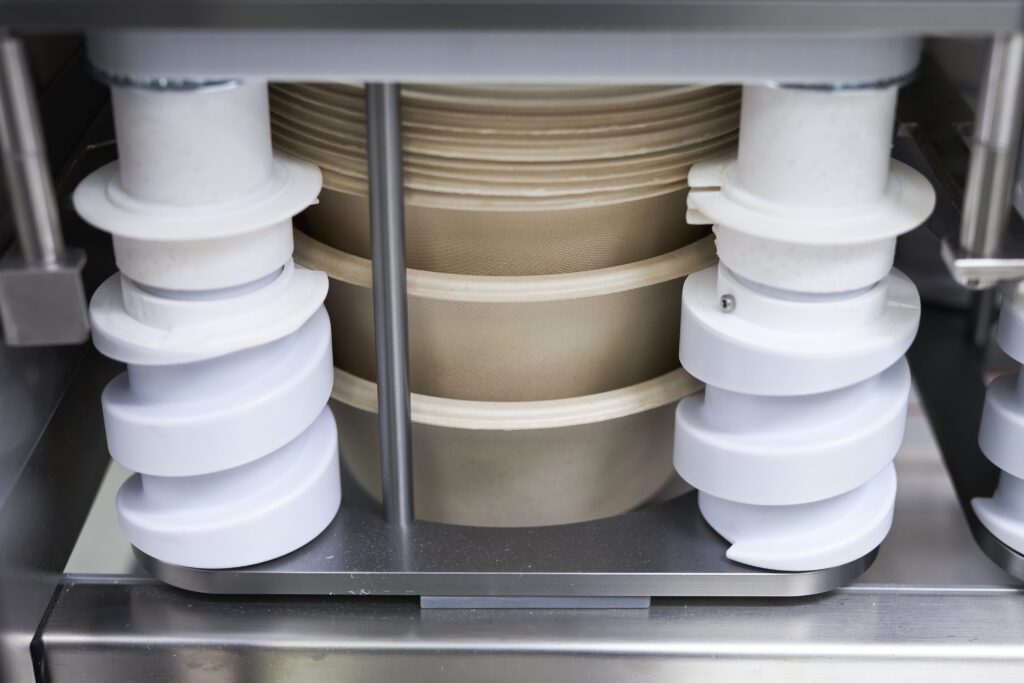
In early 2020, the Hyphen controls engineering team started to explore EtherCAT and PC-based control technologies from Beckhoff Automation. “The Makeline’s requirements called for vendor agnostic, easy-to-interface systems,” says Bradley Hwang, Controls Engineer at Hyphen. “Beckhoff simplified seamless communication from the PLC runtime up to the cloud. So the software team can develop a completely new layer between that and third-party services.” Hyphen engineers and the Beckhoff sales and application engineering team at the nearby Silicon Valley Technical Center collaborated to create a solution that would meet the Makeline’s technical and form factor requirements.
EtherCAT and I/O: more than a slice
The EtherCAT industrial Ethernet system proved indispensable for Hyphen. The speed and modularity of EtherCAT helped optimize system communication, and the network doesn’t need switches, which reduced cost and space requirements. Each Makeline module features pluggable EJ series EtherCAT I/O technology for functional safety, which mount to a custom-design PCB board. These pluggable TwinSAFE terminals are roughly 50% smaller than traditionally wired I/O slices and reduce potential wiring errors.
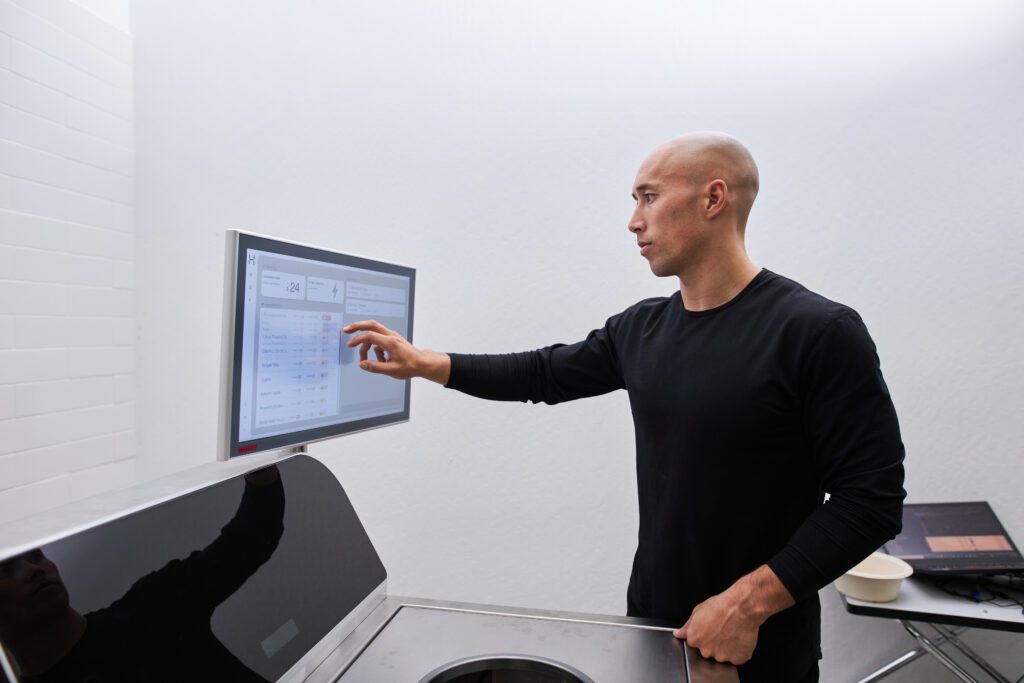
“Most industrial electrical cabinets with this amount of I/O are massive, but that wasn’t an option for this product. With the EJ safety modules, we could connectorize communication, power supply, and more on a space-saving circuit board allowing easy and repeatable assembly,” Hwang explains. “Also, as a member of the EtherCAT Technology Group (ETG), Hyphen took advantage of the openness of the EtherCAT technology to create secondary nodes … so we can select from the massive number of EtherCAT devices on the market and build exactly what we need for the Makeline when necessary.”
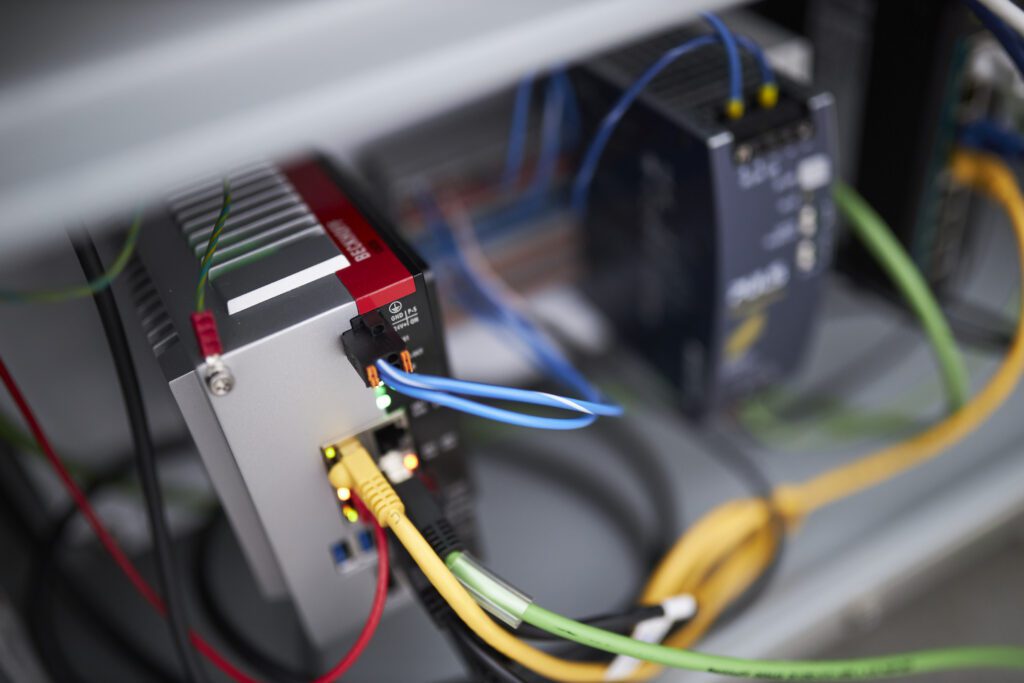
Using TwinSAFE functional safety technology from Beckhoff let engineers apply safety devices for doors and potential hazards in a simple programmable way sans hardwiring needed by traditional safety systems. TwinSAFE uses the Safety over EtherCAT (FSoE) protocol to communicate via a black-channel approach. “With TwinSAFE, we appreciated that programming was in the standard TwinCAT environment, and there are premade, certified function blocks to meet important safety ratings,” Hwang adds.
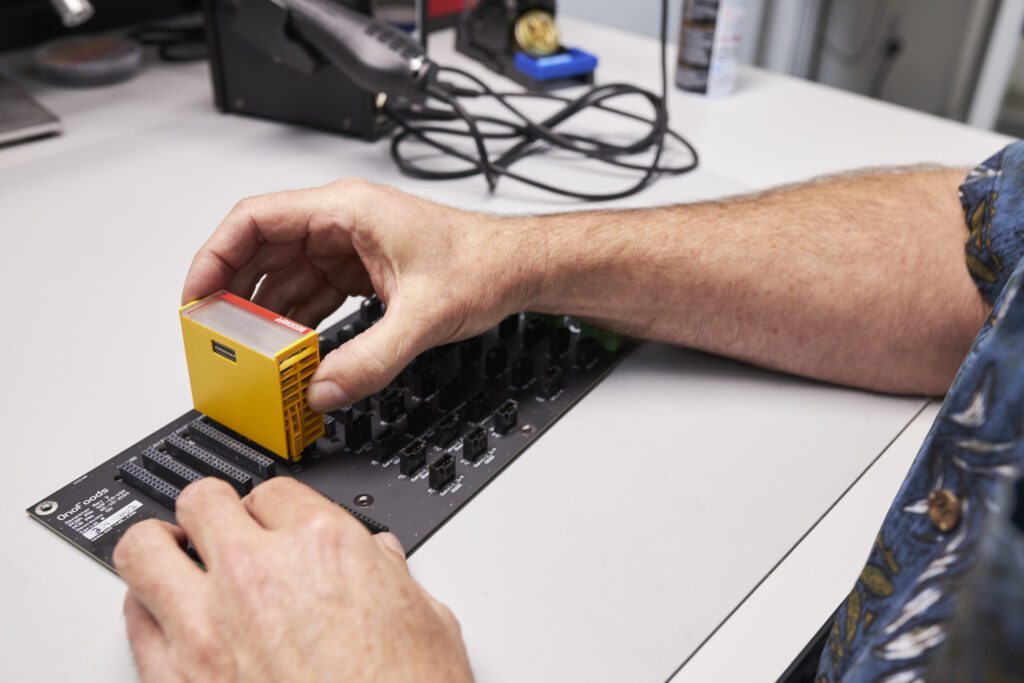
Control software and hardware serve up performance
TwinCAT three automation software provided a comprehensive engineering and runtime platform for the Makeline. TwinCAT supports a variety of programming methods – from the object-oriented extensions of IEC 61131-3 to premade and custom function blocks up to computer science standards in Microsoft Visual Studio. This made it easier for Hyphen to bridge the gap between its controls and app-development technologies. “We want to be able to scale the Makeline from 10 units to 10,000 without having to scale the workforce proportionally,” Hwang says. “TwinCAT allows us to use Structured Text, collaborate with version control and leverage software-oriented processes like GitHub. These features were important in the development stage, and they will be critical in the future.”
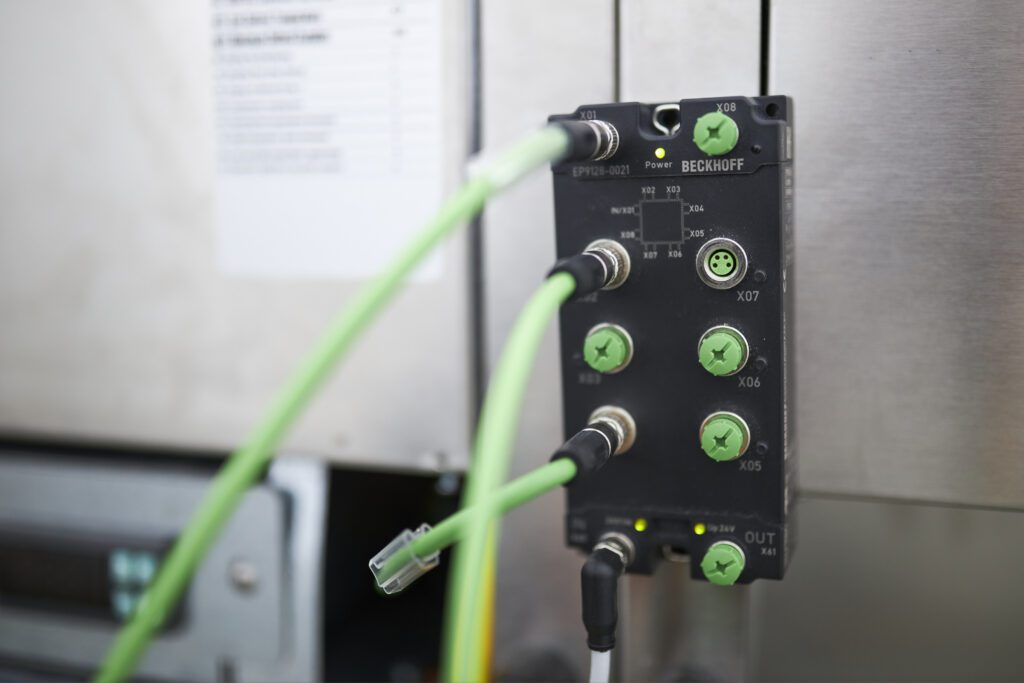
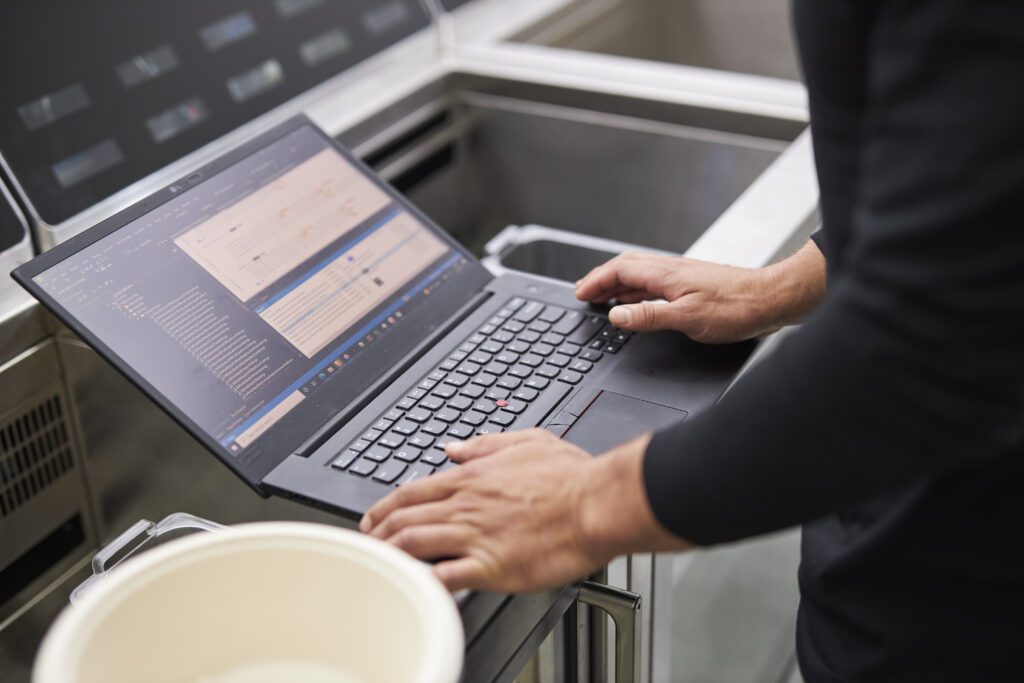
The Makeline relies on one ultra-compact C6030 Industrial PC (IPC) for all operations. TwinCAT offers core-isolation capabilities to enhance system performance by designating individual processes in the quad-core CPU, such as PLC or IoT, to one specific core in the IPC. The C6030 is suitable as an IoT gateway as well as machine controller. “A Mosquitto broker on the IPC connects to the TwinCAT MQTT libraries, which talk to the local Electron applications,” Fukuba says. “Our software team can develop applications with modern software design patterns, but now we can interact with the machine control hardware through MQTT and AWS IoT Core. This increases the agility without having traditional ‘walled gardens’ with proprietary tools.”
The C6030 resides in a base cell with a CP3924 multi-touch Control Panel. The 24-inch, pole-mounted display provides a premium user interface for the environment, according to Fukuba: “We develop the HMI screens like modern web apps, so the multi-touch capabilities and display fidelity give us the responsiveness that we want in the UI. This user-friendliness means any restaurant employee can operate the Makeline.” The IP65-rated aluminum housing shows Hyphen’s branding on the standard model, but some larger design engineers have already requested the ability to use their own logo instead. This is easy to change with customizable Beckhoff Control Panels, which helps the Makeline meet more unique requirements for the foodservice industry.
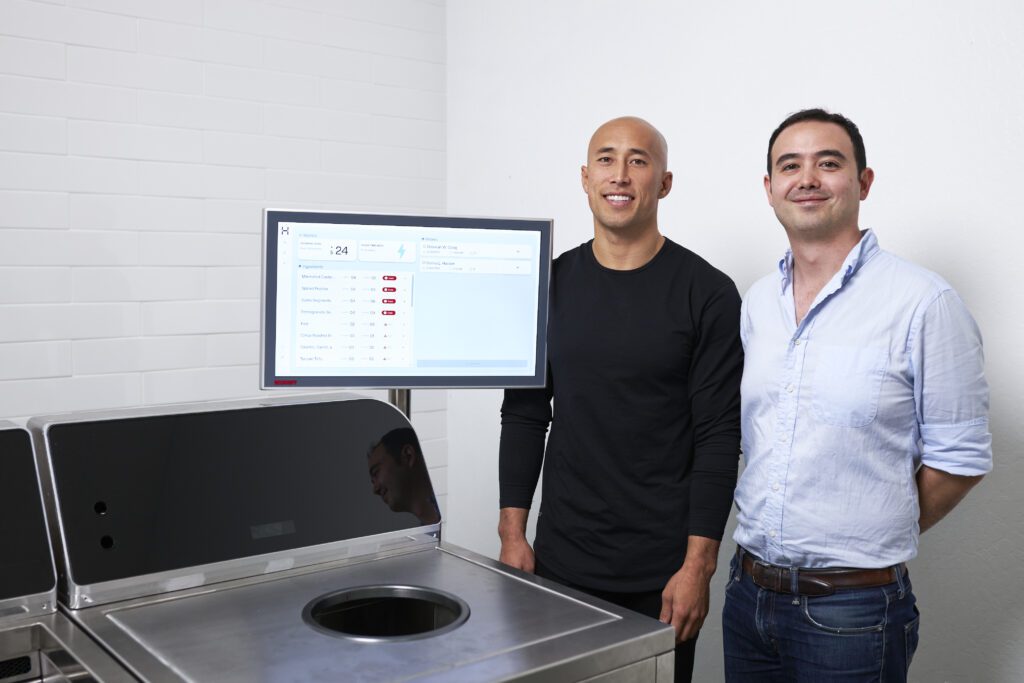
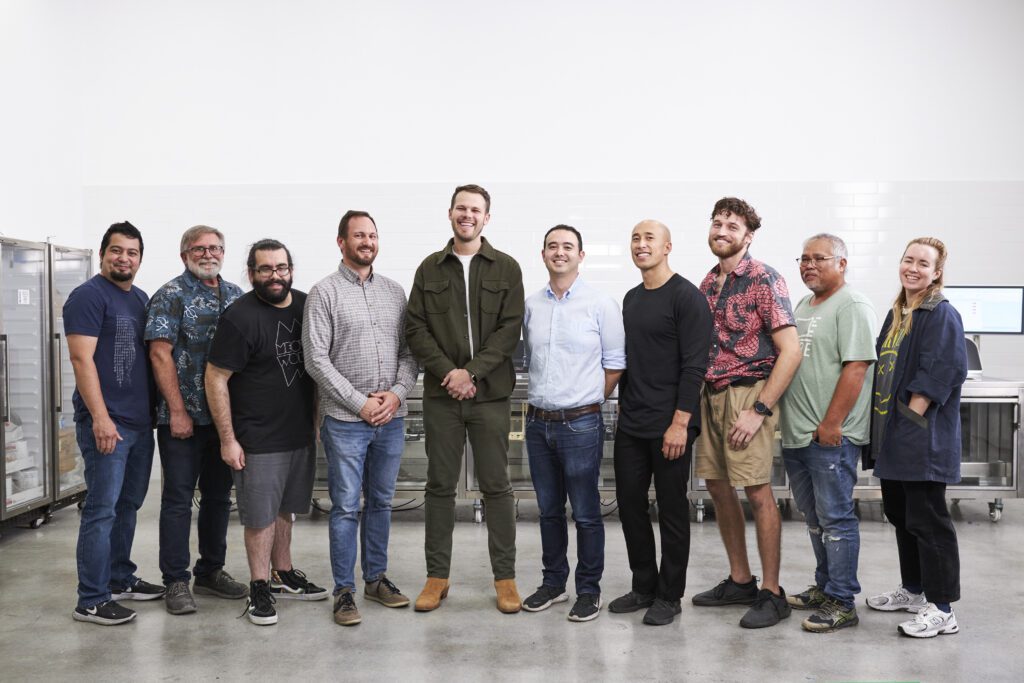
A recipe for technology-based restaurant disruption
Hyphen began conceptualizing the Makeline in mid-2020, and its first units will arrive at design engineers by the end of 2021. The machines can produce 350 meals per hour with 99% accuracy, and it improves portioning precision from the industry average of +/-15% down to +/-2%. “Having the wrong ingredients in an order is annoying at best but life threatening at worst considering food allergies and cross-contamination, so those are critical benefits,” Fukuba says.
The control hardware, IoT and networking technologies from Beckhoff helped Hyphen deliver the technical capabilities while meeting footprint requirements. The engineering team plans to continue working with Beckhoff sales and support to add more automation technologies in the future and is already testing TwinCAT Vision as a solution for greater quality control and inspection. Overall, Beckhoff supplied a flexible, industrial-hardened platform to expand the Makeline reliably into the future. This is important, according to Fukuba, because demand for the system will only increase.
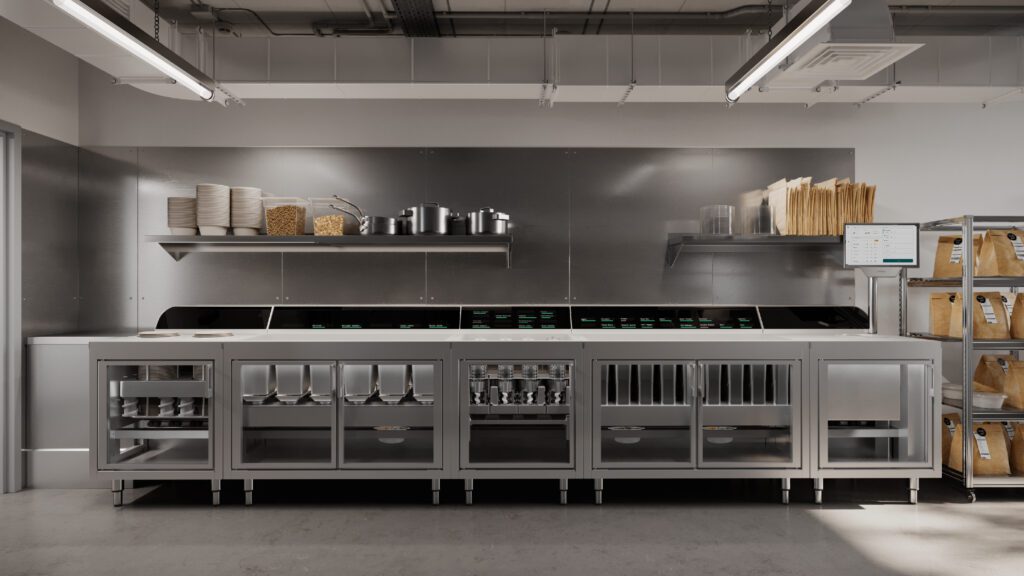
“Makeline … increases the capacity of restaurants’ current staff 17-fold, which fundamentally changes how they meet their demand and how they can increase their capacity to sell more,” Fukuba explains. “If large restaurants increase their EBITDA just a couple points, that’s a game-changer. On the other hand, small influencers can use the Makeline to create repeatable processes with high consistency and quality. So they can scale restaurant brands across the U.S. in ghost kitchens. By effectively digitizing food, it’s possible to fill in the gaps for the entire industry and be ready for whatever comes next.”
For more information, visit www.usehyphen.com or www.beckhoff.com.

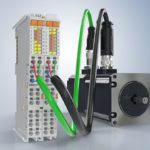
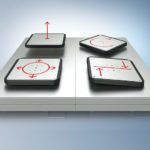


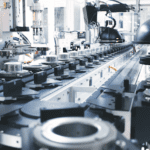

Leave a Reply
You must be logged in to post a comment.